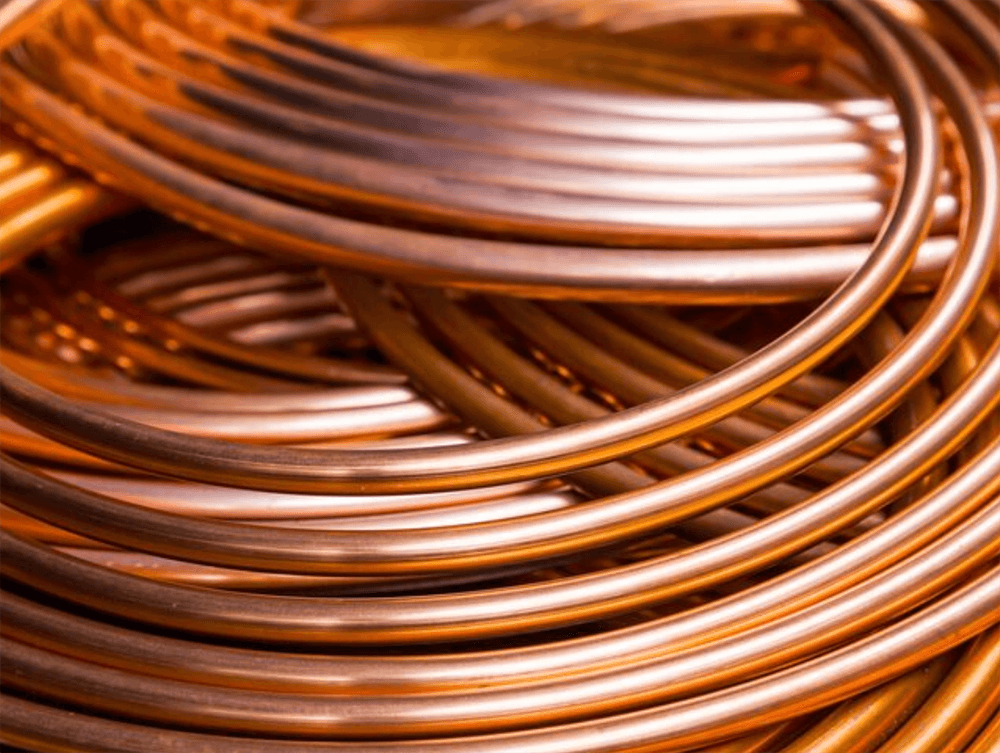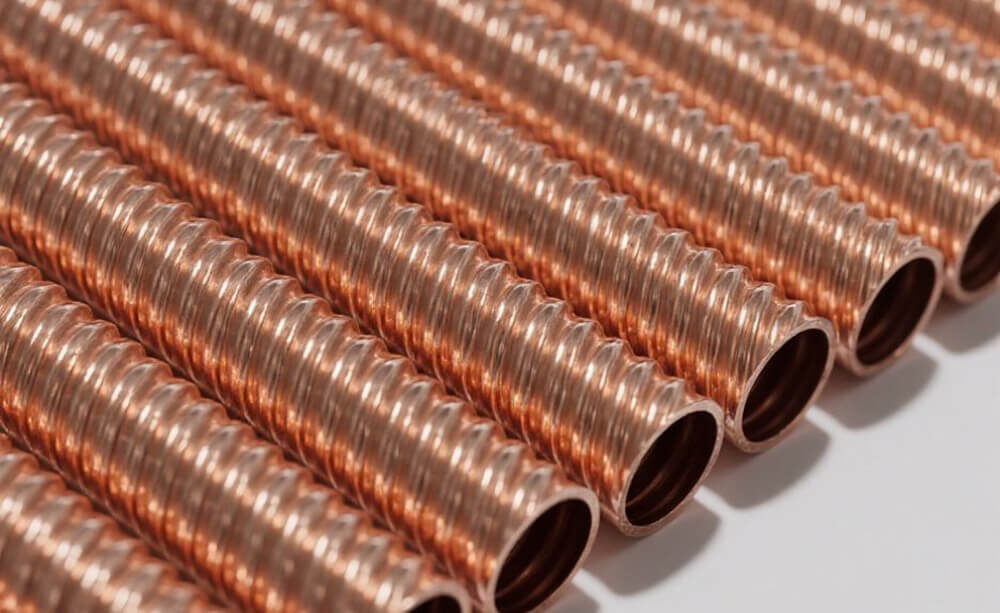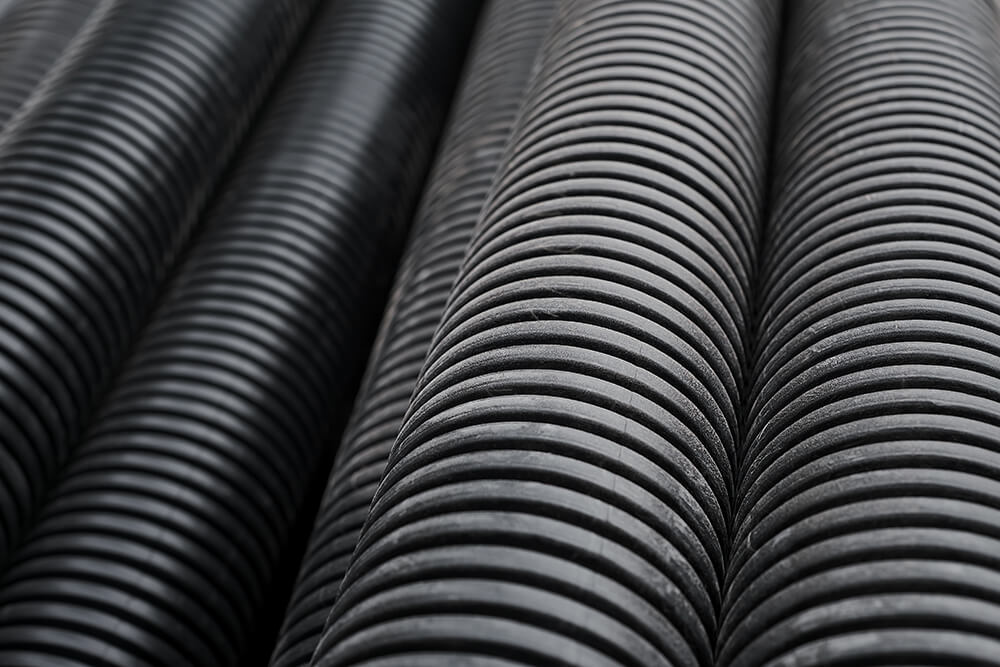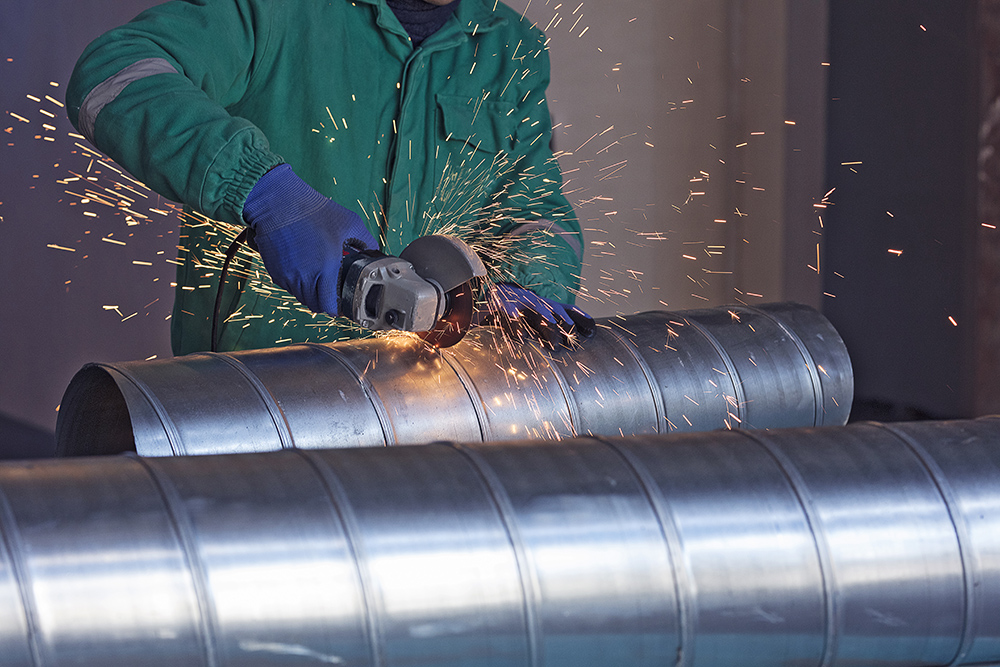As a common heat exchange equipment, finned tube heat exchanger has its unique advantages and disadvantages compared with other types of heat exchangers. The following is a detailed analysis of finned tube heat exchanger compared with other types of heat exchangers:
In the production processes of the chemical industry, it is often necessary to heat or cool gases. The heat transfer coefficient of gases is small, and when a refrigerant, which is cooling water or steam, exchanges heat with a gas, the convective heat transfer coefficient on the gas side becomes the main factor controlling the heat transfer coefficient. Increasing the convective heat transfer area on the air side can improve the heat transfer effect. Therefore, the gas side of the heat exchanger tube is equipped with fins, which not only reduces the thermal resistance of the air side, increases the convective heat transfer area of the air side, but also enhances the turbulence of the gas flow, so that the gas heat transfer coefficient increases.
If when the refrigerant heat medium heat transfer coefficient difference of more than three times, the use of finned heat exchanger is the most economical and reasonable. At present, in addition to installing fins on the outside of the tube, the heat exchanger tube with fins inside the tube has been developed. The tube material is mostly carbon steel, but the fins are mostly aluminum. The fins can be fixed on the tube by winding, inlaying and welding. The types of fins can be divided into low fins and high fins according to their height. Low fins are mostly threaded pipes and are suitable for applications where the difference between the heat transfer coefficients of the two fluids is very small. High fins are used in applications where the difference between the heat transfer coefficients of the two fluids is very large.
First, the advantages of finned tube heat exchanger
- Highly efficient heat transfer performance
Finned tube heat exchanger by adding fins on the outside of the tube, greatly increasing the heat transfer area, so that the heat can be transferred to the fluid more quickly, thus realizing a highly efficient heat exchange. This design allows the finned tube heat exchanger to handle more heat under the same conditions, improving heat exchange efficiency.
- Compact structure and small footprint
The finned tube heat exchanger has a compact structure and small footprint, which gives it a distinct advantage in locations where space is limited. Finned tube heat exchangers are an ideal choice for scenarios where efficient heat exchange is required but cannot take up too much space.
- Good adaptability and flexibility
Finned tube heat exchanger has good adaptability and flexibility to cope with a variety of complex working conditions and environments. The finned tube can be made of different materials and fin forms to suit different fluid properties and heat transfer needs. At the same time, finned tube heat exchanger can also be customized according to specific process requirements to meet different process parameters and installation conditions.
- Easy to maintain and clean
The relative simplicity of the finned tube heat exchanger structure makes it relatively easy to maintain and clean. Regular maintenance and cleaning can keep the finned tube heat exchanger in good working condition and prolong its service life.
- Environmental protection and energy saving
The efficient heat transfer performance of finned tube heat exchanger helps to reduce energy consumption and lower operating costs. At the same time, due to its compact structure and small footprint, it also reduces the occupation of land resources, which is in line with the development trend of environmental protection and energy saving.
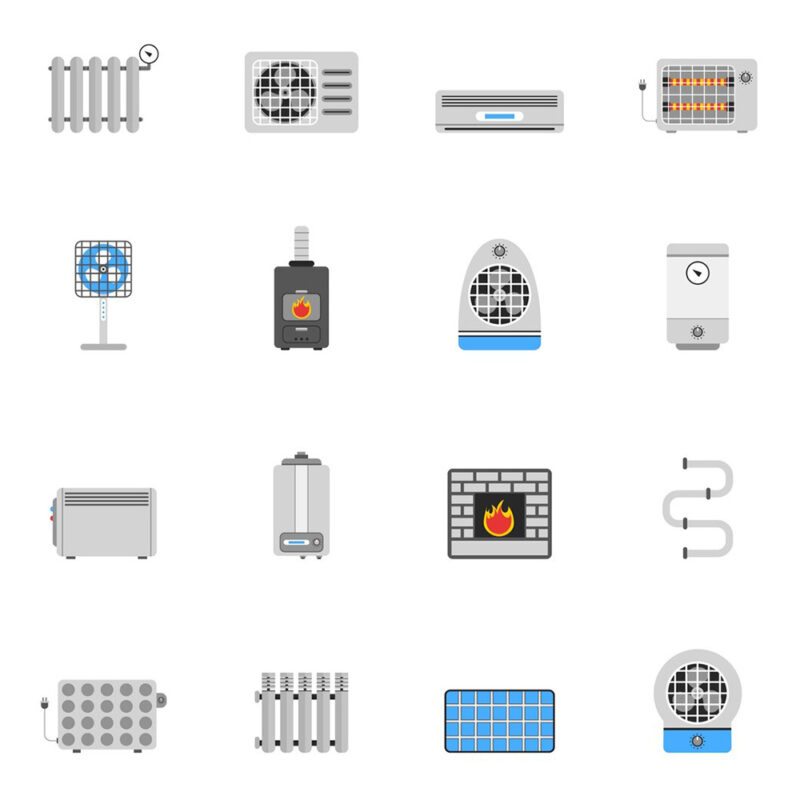
Second, the disadvantages of finned tube heat exchanger
- Strict and complicated processing
Finned tube heat exchanger processing is both strict and complex, requiring high-precision processing equipment and specialized technicians. This increases the manufacturing cost and difficulty, making the finned tube heat exchanger relatively expensive.
- Sensitive to fluid properties
The performance of finned tube heat exchangers is significantly affected by the nature of the fluid. If the nature of the fluid (e.g. viscosity, thermal conductivity, etc.) changes, it may affect the heat transfer of the finned tube heat exchanger. Therefore, the nature of the fluid needs to be fully considered when selecting a finned tube heat exchanger.
- Susceptible to corrosion and wear
Finned tube heat exchangers are usually exposed to harsh environments and are susceptible to corrosion and abrasion. This can lead to deformation, damage or detachment of the fins, thus reducing their heat transfer performance and service life. In order to keep finned tube heat exchangers in good working condition, corrosion protection measures are required as well as regular inspection and maintenance.
- High requirements for operation and maintenance
Although it is relatively easy to maintain and clean a finned tube heat exchanger, the requirements for its operation and maintenance are relatively high. Operators need to have certain specialized knowledge and skills to ensure the proper operation of the finned tube heat exchanger. At the same time, regular maintenance and inspections are essential to prevent potential problems and failures. Ensure that the finned tube heat exchanger pipe network clean, timely cleaning of the finned tube heat exchanger water storage device to prevent heat exchanger clogging; the first time you use it should be fully preheated and gradually increase the temperature; pay attention to the quality of the medium, does not contain acid or alkaline substances, which can prevent corrosion of the heat exchanger finned tube.
- May not be the best choice in some applications
Although finned tube heat exchangers offer many advantages, they may not be the best choice for certain applications. For example, in high-temperature, high-pressure or corrosive environments, other types of heat exchangers may be required to meet specific process requirements. In addition, for applications requiring large amounts of heat exchange, a larger scale heat exchanger may be required to improve heat exchange efficiency.
In summary, finned tube heat exchangers have their own unique advantages and disadvantages over other types of heat exchangers. When choosing which type of heat exchanger to use, it is necessary to consider the specific application and needs of the overall situation.


